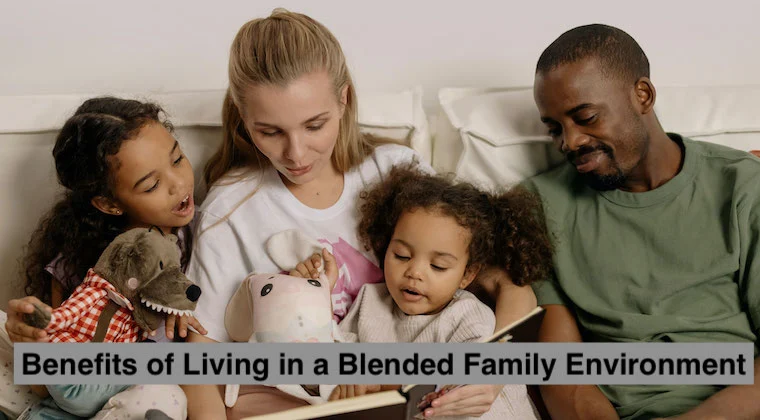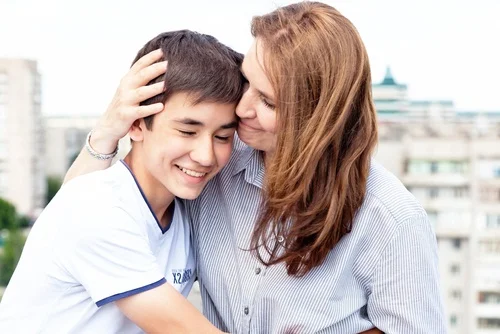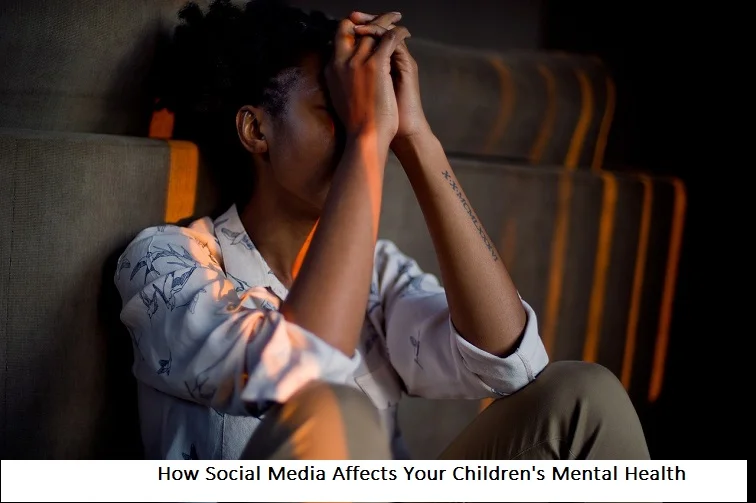+1 845 259 2974 (11 a.m to 7 p.m CST)
Benefits of Living in a Blended Family Environment

A blended family, also known as a stepfamily, forms when two separate families come together through marriage or partnership. This usually involves one or both parents bringing children from previous relationships into the new family structure. As blended families have become more common, understanding their unique dynamics is crucial. While blending families can come with its share of challenges, many positive aspects can arise from this experience. Let’s explore the benefits of living in a blended family environment.
Enhanced Support System
One of the biggest advantages of being part of a blended family is the creation of an expanded support system. When two families come together, more people are available to share responsibilities, such as helping with household chores, providing emotional support, or caring for younger children.
This larger family unit can also offer a sense of security and comfort, knowing there are more people you can depend on in times of need. With the addition of step-parents and step-siblings, you can build stronger relationships and create a team-like environment that supports everyone's well-being.
Diverse Perspectives and Life Experiences
Blended families often bring together individuals from different backgrounds, experiences, and ways of thinking. This diversity can help broaden your perspective on the world, as you are exposed to new traditions, ideas, and cultures. Children in blended families, for example, may learn to celebrate different holidays or experience various parenting styles, enriching their upbringing.
By interacting with people who may see the world differently, you become more adaptable and open-minded. These experiences can help you develop better social and emotional skills, which are essential for personal growth and success in life.
Strengthened Conflict Resolution Skills
Blended families may face more conflict initially, as members learn to adjust to new roles and relationships. However, this also presents an opportunity to develop stronger conflict resolution skills. In a blended family, effective communication becomes essential, as each person needs to express their feelings and understand those of others.
Through regular practice of compromise, patience, and empathy, family members learn how to resolve differences and work together. These skills not only improve family relationships but also prepare individuals for future interactions in other areas of life, such as school, work, or friendships.
Increased Family Bonding Opportunities
Blended families create unique opportunities for bonding. Whether it's through shared activities like family trips, game nights, or simply spending time together, these experiences help strengthen relationships. Creating new traditions as a family can foster a sense of unity, making everyone feel included and valued.
Over time, these shared experiences contribute to a greater sense of belonging and help solidify the bonds between step-siblings and step-parents. While it may take time to build these connections, the memories and relationships formed can be rewarding and long-lasting.
Learning Flexibility and Adaptation
One of the key traits individuals develop in blended families is adaptability. Adjusting to new routines, household dynamics, and relationships requires flexibility, which is a valuable life skill. Children and adults alike learn how to manage changes in their environment and approach situations with an open mind.
This ability to adapt to new challenges fosters resilience, as family members become more capable of handling unexpected situations and navigating transitions. Flexibility also helps ease the process of blending two families, allowing members to form stronger relationships and embrace their new roles more smoothly.
Living in a blended family offers numerous benefits, from enhanced support systems to the development of crucial life skills like conflict resolution and adaptability. While the process of blending families may take time and effort, the potential rewards are significant. Blended families provide opportunities for growth, love, and connection, offering new experiences and perspectives. By embracing the challenges and advantages, members of a blended family can create a harmonious and thriving environment for everyone involved.


















